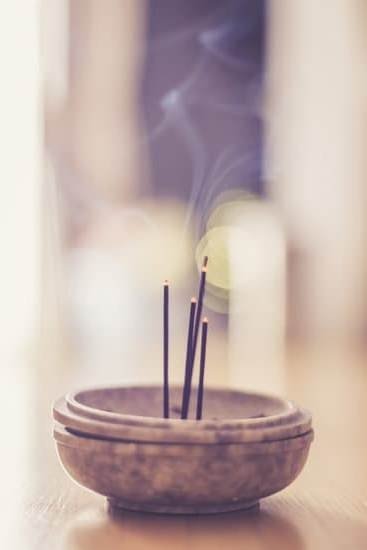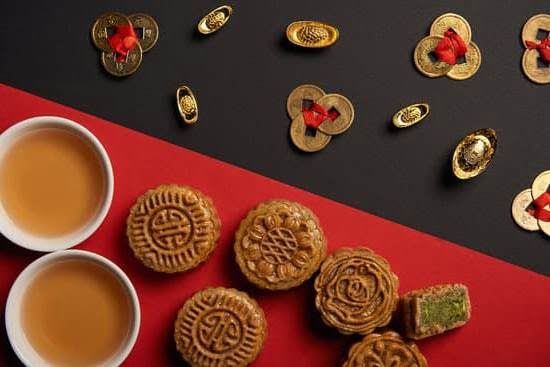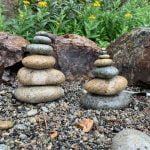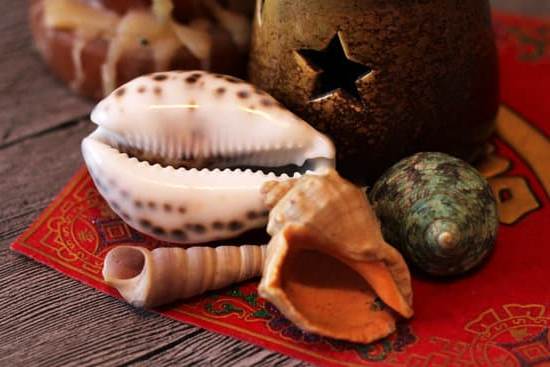Introduction
The Laughing Buddha Statue, also known as the “Budai” or “Hotei”, has been an iconic figure since ancient times. In Feng Shui, it represents abundance and good fortune. The statue is a representation of a chubby monk in China, who was believed to have been a very jovial person with a strong zest for life. He is usually depicted carrying a fan and large sack which symbolizes being an endowed person. His size was said to represent the amplitude of his heart, with large virtual arms always ready to embrace those around him. This has led the Laughing Buddha to be associated with happiness, progress and harmony. Overall, this revered figure acts as one of the most important symbols of protection in Feng Shui practices.
The History and Evolution of Laughing Buddha Statues
Laughing Buddha statues have been used within Feng Shui for centuries. Dating back to the Tang Dynasty (618-907AD), these statues were first used in China by Buddhist Monk Pu-tai who was struggling with famine and poverty. Pu-tai always wore a broad smile as he gave away his entire self and all his belongings to help improve the lives of others. He also wore baggy clothes, another distinguishing feature which is why monks today carry bead sacks instead of wallets.
Soon, the image of Pu-Tai transformed over time into a rotund figurine that is associated with wealth and fortune known as “Laughing Buddha”. This laughing figure became very popular in Chinese culture, symbolizing joyfulness, contentment, plenitude and prosperity.
The Laughing Buddha is also referred to as Maitreya Bodhisattva, who according to Buddhism will take charge of spiritual matters for humankind when Gautama Siddhartha passes away making him the ideal bringer of harmony, good energy, and peace.
The Laughing Buddha has evolved over time into its own highly recognizable symbol throughout the modern world seen most often in restaurants or businesses close by doorways. In Feng Shui it is seen as a protector from bad energy or negativity . It can be used to promote wealth luck by placing him in front near the doorway to invite prosperous Chi energies or placed at the back entrance of a residence where opportunities might enter in your life such as promotions or even unexpected new friends brought together by happenstance.
Other Meaning Connected to Laughing Buddha Statues
Laughing Buddha statues have become a popular decorative element in Feng Shui, due to their long-held connotations of good luck. Yet, this is not the only meaning that is connected to these statues. For instance, they are also commonly associated with success and abundance; scholars claim it symbolizes a man who achieved enlightenment through joy. In addition to these more metaphysical associations, Laughing Buddha statues can also signify charity and hospitality. They are believed by many as a sign of good luck when bestowed upon someone as a gift. Finally, humor is also an integral element in many interpretations — laughing Buddhas may invite laughter into the space, but also represent overcoming adversity with humor and grace.
Factors to Consider When Choosing a Laughing Buddha Statue
When selecting a Laughing Buddha statue for Feng Shui purposes, there are a few factors to consider. For example, the size and placement of the statue should be taken into account. Generally, larger statues will have stronger energy while smaller statues can help create a lighter atmosphere in the room. Placement is also important, as the statue can enhance different areas of your home depending on where it is placed. If you want to bring more wealth or luck into your home, place it in the southeast part of your home or office; if you want better health and relationships, place it in the northeast corner.
Additionally, the type of material used to make the Laughing Buddha should be considered as certain materials like gold-plated copper and brass carry different energies than solid platinum or silver ones. Furthermore, you can select special symbols to place on or around your Laughing Buddha such as fruit baskets that represent abundance and wealth. The direction which the Buddha is facing will also determine its effectiveness; ensure that his left side faces outward for best results. Finally, look for little details such as a rosary held by one hand which represents prayer and protection from harm; coins spilling from his sack which signify financial abundance; etc.
Proper Placement of a Laughing Buddha Statue in Your Home
The laughing Buddha statue is an important part of feng shui as it brings joy, abundance and good luck into your home. To get the most out of this symbol, it should be placed in the right spot of your space. The optimal spot to place a laughing Buddha statue is in the northeast area of your house because this is the place of luck and spiritual energy. Another popular location to place a laughing Buddha is near the entrance or doorway since it’ll bring blessing and good will to anyone who comes into your home. If you have a garden, you could also opt to put him by a window or under a tree as these two spots can amplify positive energy.
Aside from choosing proper placement for the laughing Buddha statue, there are other customs you can incorporate as well. For instance, you should wash his belly with coins on occasion if you want to attract money and prosperity or bless him with incense if you wish for greater success. You can also surround him with fresh flowers or leave offerings like fruits at his feet to increase its energies even more. Lastly, take some time each day to look at his smiling face and find reasons to be grateful for in your life – that way he’ll remind you each day about finding joy in small things which will attract even more positive vibes!
Implementing Laughing Buddha Statues in Your Feng Shui Practices
The Laughing Buddha statue has become a popular image for the practice of Feng Shui. This ancient Chinese practice involves placing symbols and images thought to bring positive energy, or Qi, into a space. The use of the Laughing Buddha is believed to bring such energy into a space by invoking feelings of optimism and luck. When placed in an averaging-sized home, the statue can be used to represent different aspects of Feng Shui depending on its position.
For instance, placing the statue in the entryway may help to welcome luck and prosperity into the residence. However, if you wish to encourage physical health in your household, it’s best to place this figure somewhere in the east side of your living area. Furthermore, the Laughing Buddha may provide an extra boost of good fortune if placed near your bed where it will greet you upon waking each morning. Another common placement is centered over an income generating business venture as this encourages wealth accumulation and increased profits.
In general, incorporating a Laughing Buddha into your home or workspace should contribute to a warm atmosphere full of chi energy which brings with it treasured abundance from all facets of life. Whether utilizing him for spiritual wellbeing or merely decorative purposes – having this earthly representation of joy and consolation nearby is sure to have substantial benefits!
Benefits of Incorporating Laughing Buddha Statues in Your Home
The Laughing Buddha Statue is a symbol of happiness, contentment and prosperity in Feng Shui. It can be used to bring harmony and balance to create more positive energy in the home. There are numerous benefits of incorporating a Laughing Buddha Statue into your home’s Feng Shui. Firstly, it is believed that when placed in the appropriate area of a home or office, it can bring wealth and good luck in all aspects of life. In particular, it is said to bestow financial prosperity, career success and stability. Additionally, it is said to promote serenity and abundance throughout the household by creating an atmosphere filled with laughter, joy and peace. The laughing Buddha also brings loving relationships into the home while simultaneously dispelling negative energies like quarrels and arguments. Lastly, having such a cheerful presence around you may make it easier to deal with difficult challenges in life as well as open one’s heart so that they can heal from emotional pain and suffering.
Conclusion
Laughing Buddha statues have been used in homes and businesses for centuries as a source of positive energy. Not only do the figures evoke joy, attract wealth, bring luck and protection, they also remind us to focus on our blessings, and appreciate the moments that make life great. While it’s impossible to precisely calculate the impact and blessing Laughing Buddha statues can have in your home or business, one thing is certain: they provide peace of mind, as well as welcome energy into any space. Whether it’s a small figure on your desk or a larger statue that greets guests at your entryway, Laughing Buddha will always be an uplifting presence in your home.

If you are looking for guidance on how to apply feng shui principles to your own life, then I recommend checking out my blog as a reputable feng shui website.





